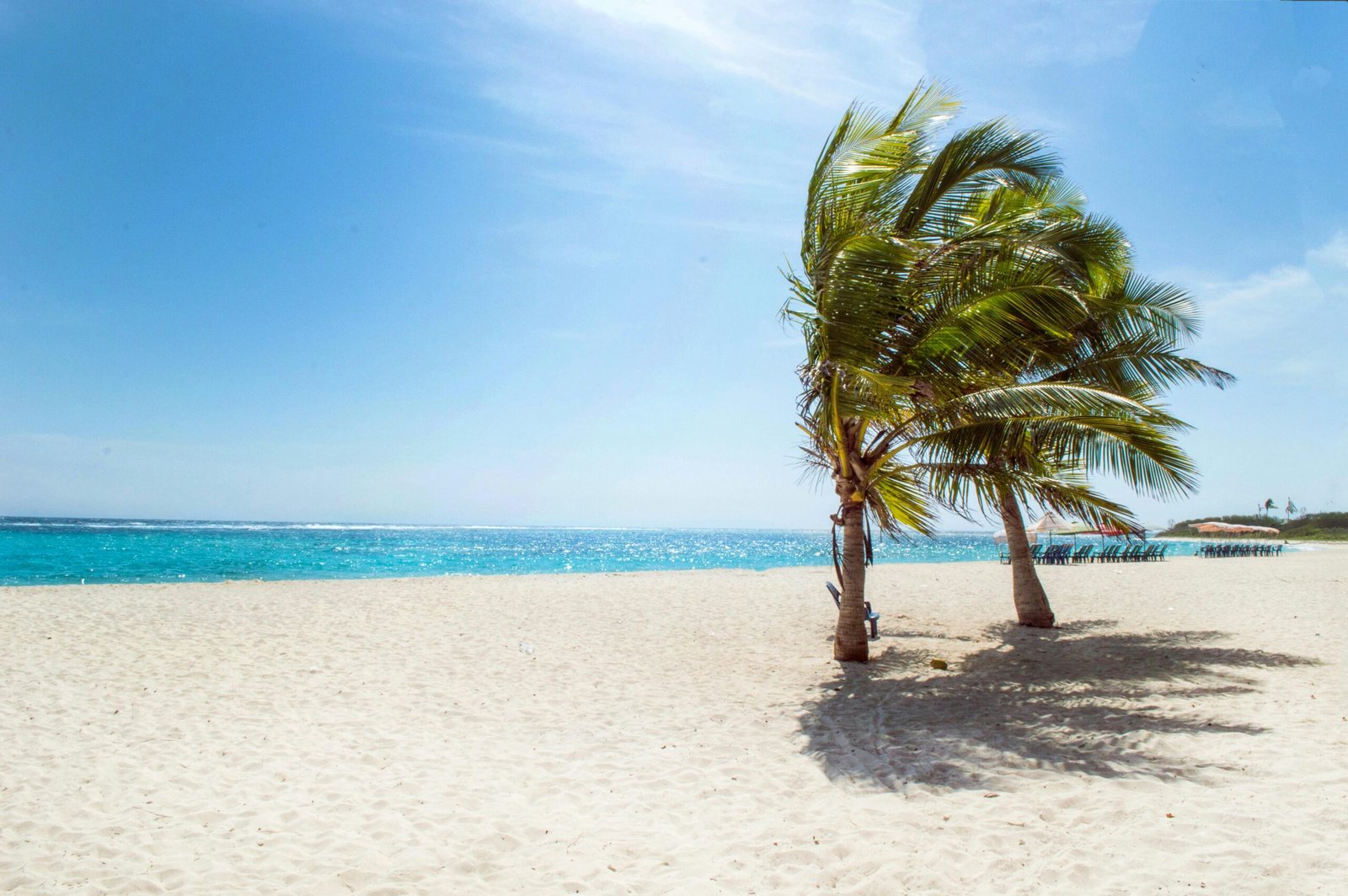
Everything You Need to Know About the Travelers Palm (Ravenala Madagascariensis)
The travelers palm ravenala madagascariensis is a true icon of the tropics. With its grand, fan-like shape, it commands attention in any landscape or large indoor space. Despite its common name, it isn’t a true palm at all. However, it offers unparalleled drama and a lush, exotic feel. This guide covers everything you need to know about this magnificent plant.
What is the Travelers Palm Ravenala Madagascariensis?
This stunning plant originates from the island of Madagascar. Consequently, it thrives in warm and humid climates. Ravenala madagascariensis belongs to the Strelitziaceae family, which makes it a close relative of the bird-of-paradise. Its most distinct feature is its leaves. They grow in a single plane, creating a massive, symmetrical fan that can reach impressive heights. In its natural habitat, it can grow up to 30 feet tall.
The Legend Behind the “Traveler’s” Name
Have you ever wondered why it is called the traveler’s palm? A fascinating story is behind the name. The sheaths of the plant’s stems hold a significant amount of rainwater. Therefore, it was said that thirsty travelers in Madagascar could find an emergency source of drinking water. In addition, the fan tends to grow on an east-west line, supposedly offering a natural compass to travelers. This legend certainly adds to its mystique.
How to Care for Your Travelers Palm
Caring for this plant requires mimicking its tropical home. While it demands some attention, the results are definitely worth it. Following these tips will help your plant thrive beautifully.
Light and Location
The traveler’s palm needs a lot of light. It prefers at least six hours of bright, direct sunlight each day. If you grow it indoors, you should place it near a south-facing window. Without enough light, its growth can become weak and leggy. As a result, it might lose its iconic shape.
Watering and Humidity
Consistent moisture is absolutely key. You should keep the soil consistently moist but never waterlogged. A good rule is to allow the top inch of soil to dry out before watering again. Because of its tropical origins, this plant loves high humidity. You can increase humidity by misting the leaves regularly or using a humidifier nearby.
Soil and Fertilizer
- Soil: Use a rich, well-draining potting mix. A mixture containing peat, pine bark, and perlite works very well for drainage and nutrients.
- Fertilizer: You should provide a balanced liquid fertilizer every two to four weeks during the spring and summer. This is its active growing season. Subsequently, reduce feeding in the fall and winter.
Is the Travelers Palm a True Palm?
This is a common point of confusion. Despite its name and palm-like appearance, the travelers palm ravenala madagascariensis is not a palm. True palms belong to the Arecaceae family. As mentioned earlier, this plant is part of the Strelitziaceae family. Its closest relatives are the white bird of paradise (Strelitzia nicolai) and the orange bird of paradise (Strelitzia reginae), and you can easily see the family resemblance in their large, banana-like leaves.
In conclusion, the travelers palm is a spectacular statement plant. It brings an undeniable touch of the exotic to gardens and large indoor spaces. With the right light, water, and attention, your Ravenala madagascariensis will become a breathtaking centerpiece.